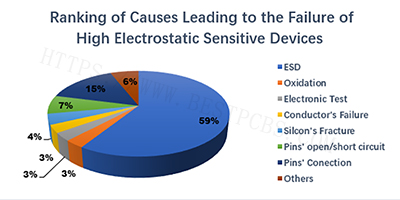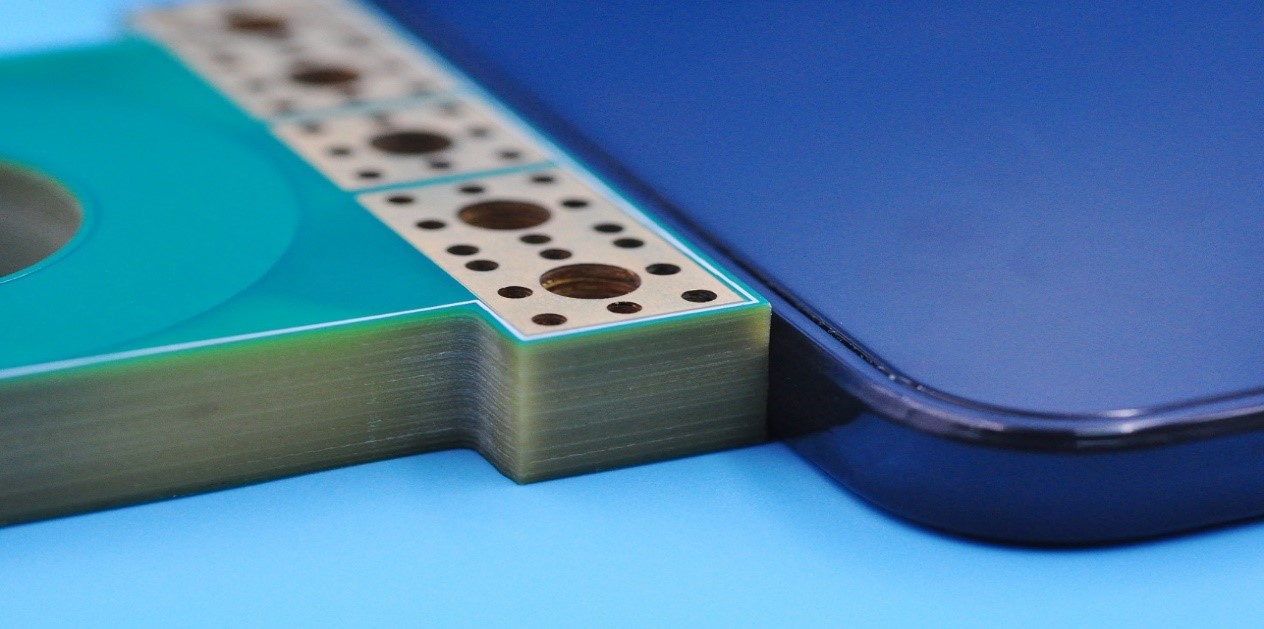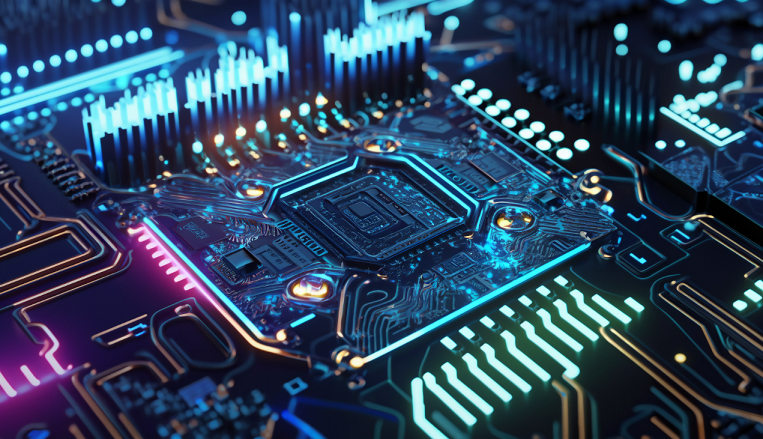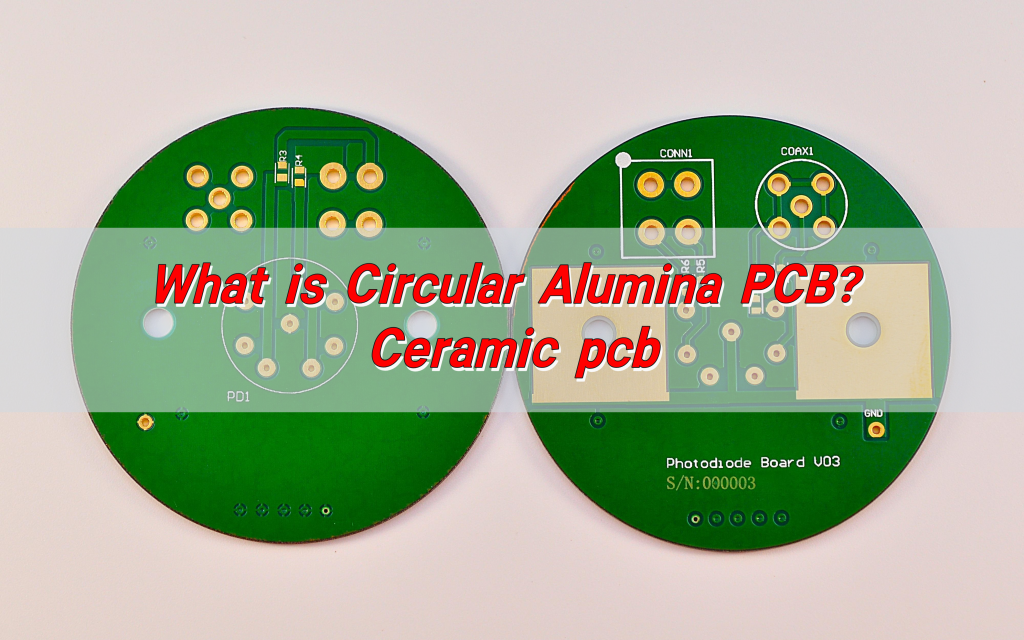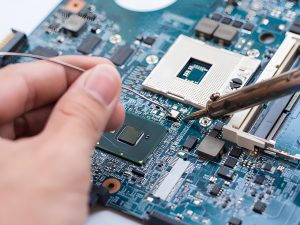The Introduction to Electrostatic
Static, the excess charge on an object, is a phenomenon caused by the unbalanced distribution of charge in the material system. When an object is charged, the charge will remain on the object unless it is removed by other objects, so it is called “static electricity”.
As is known, we cannot touch PCB directly with our hands because of the electrostatic. But most of people have thought lowly of electrostatic’ s power, deeming that it is not strong enough to be harmful to some devices, especially electronic components.
On the contrary, electrostatic can be in some way devastating. According to the statistics, electrostatic discharge (ESD) account for the highest proportion in the ranking of causes leading to the failure of high electrostatic sensitive devices, which is 59%.
The Generation of Electrostatic
There are various ways resulting in the generation of electrostatic. But, triboelectrification, namely indicating that electrostatic is generated by friction, is the most common one.
Where there is friction, there will be electrostatic. When walking, the shoes will rub with the floor, leading to the triboelectrification. Also, the frictions between our hair and clothes are so easier to generate the static that every movement in the PCB workshop will unintentionally cause the generation of static.
Then the static generated will have a great impact on the PCB and electronic components. But, how great the electrostatic’ s power is, or in other words, what kind of damage can it cause to the printed circuit boards or electronic components? And what can we do to eliminate the electrostatic?
We will talk about it next time, hence if you would like to know more, you are welcome to contact us, or you can continuously follow our blog site, on which we will keep sharing more information about PCB.


